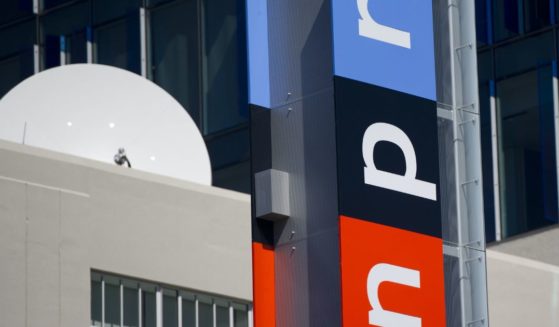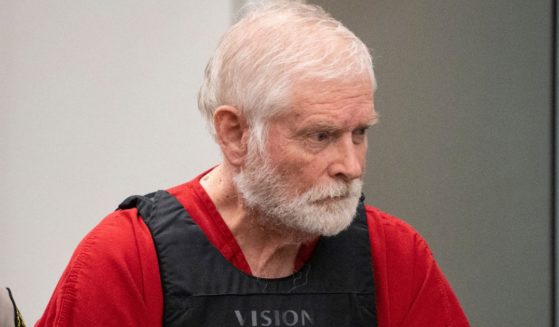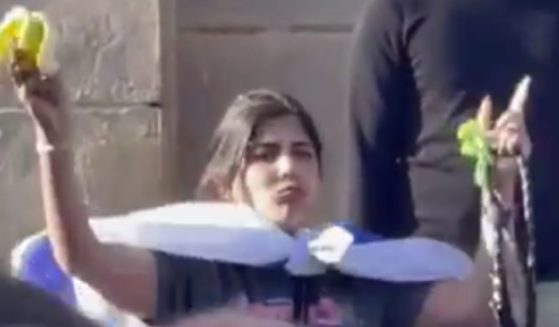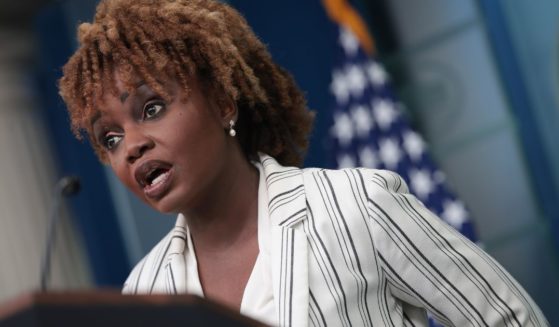High School Reading List from 1922 Shows Just How Far Public Education Has Fallen
I like to mock the Common Core curriculum as frequently as I possibly can, if only because there’s nothing funnier than a syllabus that makes a simple math problem more complex than flying a Cessna.
However, there is a rather dark side to the whole thing — namely, most of our children actually have to learn the basic intellectual building blocks they’ll need to succeed in life from an ill-conceived Obama-era debacle.
It’s not just Obama that’s dumbed down education, however. Oh, no. In fact, as humanity advances further into the digital age, our educational system is doing less to prepare students for the rough road ahead — and a high school reading list from 1922 compared to today proves just how far our educational standards have fallen.
“Have you ever thought that high school graduates today … well, just don’t seem to know or understand as much as they once did?” a piece from The Imaginative Conservative reads. “According to a new research report from the Urban Institute, such a thought is not simply a result of generational pride. Data from The Nation’s Report Card (NAEP) confirms the assumption that recent generations of high school students are not doing as well as they once were.”
While 4th and 8th graders scored higher in reading in 2015 than they did back in 1992, 12th graders scored .15 standard deviations lower in 2015 than they did 23 years prior. Why the decline?
Well, perhaps you can trace it to the reading material. Here was the list of books Texas ninth graders were assigned to read back in 1922, along with the reading level:
Texas ninth-grade reading list, 1922
“Captains Courageous,” Rudyard Kipling: 8.0.
“Silas Marner,” George Eliot: 9.7
“The House of the Seven Gables,” Nathaniel Hawthworne: 11.0
“The Deerslayer,” James Fenimore Cooper: 11.2
“The Last of the Mohicans,” James Fenimore Cooper: 12.0
“Ivanhoe,” Walter Scott: 12.9
Now, fast forward to the present…
San Antonio ninth-grade reading list, 2015-16
“The House on Mango Street,” Sandra Cisneros: 4.5
“Artemis Fowl,” Eoin Colfer: 5.0
“The Chocolate War,” Robert Cormier: 5.4
“Freak the Mighty,” Rodman Philbrick: 5.5
“To Kill a Mockingbird,” Harper Lee: 5.6
“Beloved,” Toni Morrison: 6.0
“Harry Potter” series, J.K. Rowling: 6.7
You may begin to see the problem here.
In the interest of full disclosure, I’ve read all of the books on the first list except “The Deerslayer.” I wouldn’t call them difficult, but they’re not, say, “Harry Potter.”
On the second list, I’ve read three: “The House on Mango Street,” “To Kill a Mockingbird” and “Beloved.” The first of these isn’t actually bad, per se, and its use of structured vignettes is interesting, but anyone who’s remotely literate should be able to finish it in less than 45 minutes (and no, that’s not hyperbole). We’ve all read “TKaM,” and I think we can all agree that it’s not exactly a difficult read. “Beloved” is slightly better than the rest, but it’s easy to get bored if you first come to it as an adult. Oh, and I’ve also read maybe fifty pages of “Harry Potter;” it’s one of the few examples in literature where you can definitively say the movies are better.
None of these books in the second grouping, mind you, ought to be taught to high schoolers as part of their English education. With the exception of “The House on Mango Street” — which, again, is pleasantly unique but can be finished in the time it takes to watch an episode of “Gilmore Girls” — there isn’t a whole lot of literary merit in this list.
Of course, it doesn’t hurt that two of the writers on the second list are persons of color and one of the books deals very prominently with racial injustice. I’m sure plenty of people are getting ready to write about how my cisgendered white male privilege is blinding me to the brilliance of this curriculum.
OK, fine. I’m willing to concede that if it helps solve the problem. There are plenty of books that are actually a) good, b) challenging and c) written by intersectional favorites. Add “Invisible Man,” “Native Son,” “Things Fall Apart,” “Their Eyes Were Watching God” or “Midnight’s Children” to the curriculum. None of those are written by dead white men and all of them have more literary merit in about five pages than anything San Antonio’s schools are peddling.
The point of literature isn’t just to expand students’ vocabulary skills and reading comprehension. It’s about giving them life lessons that can sustain them when they’re 30, 40 and 50 years old. It’s about instilling courage, honesty, decency and morality. As moral as Mr. Potter and the rest of Gryffindor may be, I don’t think they’re necessarily fitting that bill.
If we’re going to close the educational attainment gap in this country, we need to start getting serious about challenging our students. That seems rather obvious, except that we’re often told that the solution is to give in to teachers’ unions or spend untold amounts of tax dollars studying the perfect national curriculum to make this happen, only to end up with something like Common Core.
The answer is deceptively simple: Start challenging our students. Don’t teach to the test, teach so that these young men and women have the life skills they need. “Harry Potter” isn’t going to do it, and neither are school boards who are dumbing down curricula across this nation.
Truth and Accuracy
We are committed to truth and accuracy in all of our journalism. Read our editorial standards.












